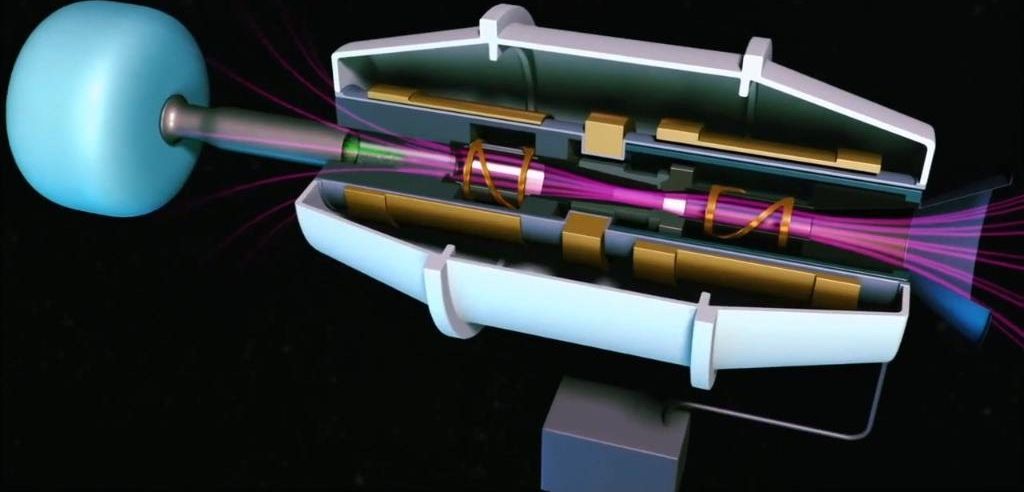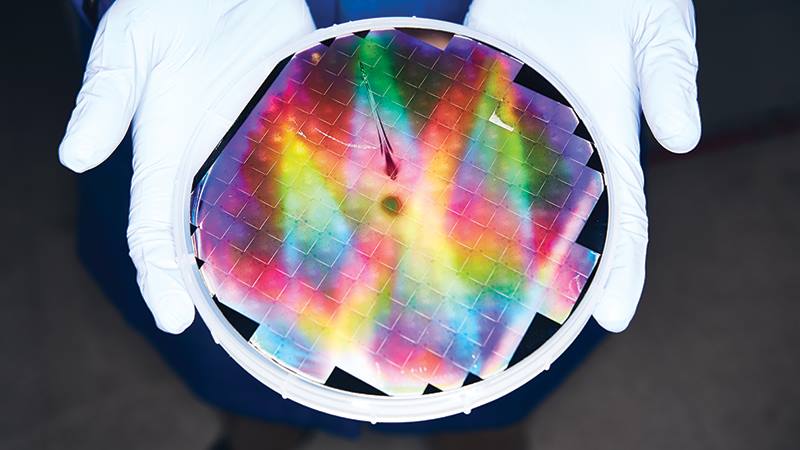![]()
The Osterhout Design Group, which has been making high-end night-vision goggles for years, has begun shipping its R-7 augmented reality glasses for enterprise applications. The $2,750 smartglasses are a sign of things to come, as the company eventually hopes to bring the technology to the masses at consumer prices.
Augmented reality is expected to become a $150 billion market by 2020, according to tech advisor Digi-Capital. But first, it has to become cheaper, lighter, and otherwise more practical. The R-7 represents ODG’s best trade-off between capability and cost. The company is showing the R-7 at the 2016 International CES, the big tech trade show in Las Vegas this week.
The ODG R-7 shows heads-up display images on the inside of the lenses, so you can see stereoscopic 3D or other animated imagery on top of objects in the real world. The company is targeting applications in health care, energy, transportation, warehouse, logistics, and government.
Read more
















